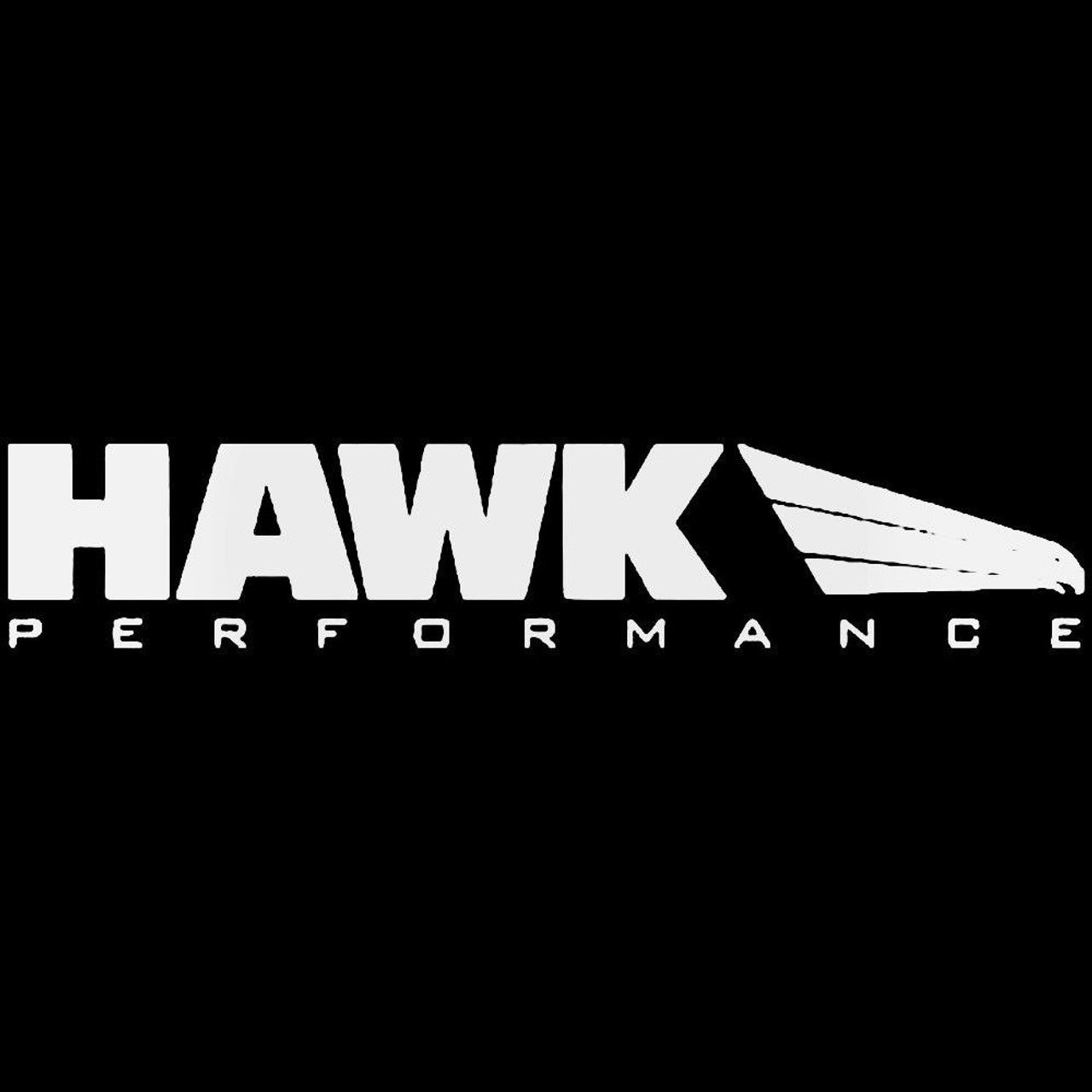
Each type of rotor—slotted, drilled, and slotted and drilled—has specific advantages, disadvantages, and ideal applications, tailored to different driving styles and performance requirements. Here’s a detailed breakdown to help buyers make informed choices:
1. Slotted Rotors
- Advantages:
- Heat Dissipation: Slots help to channel away heat and gases that build up during heavy braking, reducing the risk of brake fade.
- Enhanced Wet Performance: The slots channel water away from the rotor surface, improving braking performance in wet conditions.
- Improved Pad Bite: Slotted rotors continually “refresh” the brake pad surface by scraping off debris and glazing, which helps maintain consistent braking performance.
- Durability: Slotted rotors are less prone to cracking than drilled rotors, making them more suitable for high-performance applications.
- Disadvantages:
- Increased Pad Wear: The abrasive surface of slotted rotors can wear down brake pads more quickly than smooth or drilled rotors.
- Noise: Slotted rotors can produce a slight whirring noise during braking, which may be undesirable for some drivers.
- Higher Cost: Slotted rotors are often more expensive than solid rotors due to their enhanced design.
- Appropriate Uses:
- Ideal for high-performance street applications, towing, off-road driving, and light track use.
- Recommended for drivers who experience aggressive braking demands and want a rotor that performs well in both dry and wet conditions.
- Buyer Considerations:
- Buyers should be prepared for potentially increased brake pad wear.
- Be aware of possible noise, especially if using the car for daily commuting, where quieter brakes are preferred.
2. Drilled Rotors
- Advantages:
- Cooling and Gas Venting: Drilled holes help release heat and gases produced by braking, which can reduce brake fade during shorter bursts of intense braking.
- Improved Wet Performance: Holes allow water to escape the rotor surface, enhancing grip and reducing stopping distances in wet conditions.
- Weight Reduction: The holes make the rotor lighter, slightly improving acceleration and handling due to the reduced rotational mass.
- Aesthetic Appeal: Drilled rotors have an aggressive, sporty appearance that is popular among car enthusiasts.
- Disadvantages:
- Cracking Risk: The drilled holes can create stress points that may crack over time, especially under extreme braking conditions like track use.
- Reduced Durability: Drilled rotors are typically less durable under sustained heavy braking, such as during racing or towing.
- Pad Wear: Though not as abrasive as slotted rotors, drilled rotors can still contribute to faster pad wear compared to smooth rotors.
- Appropriate Uses:
- Best for street use, especially in areas with frequent rain, where improved wet braking is beneficial.
- Suitable for drivers who want some aesthetic enhancement and a bit of a performance boost but do not require heavy-duty braking.
- Buyer Considerations:
- Avoid drilled rotors for track use or applications involving high braking loads, as the risk of cracking increases.
- Regularly inspect drilled rotors for signs of cracking, especially around the holes, to prevent potential failures.
3. Slotted and Drilled Rotors
- Advantages:
- Combined Benefits: Slotted and drilled rotors offer the cooling and gas release of drilled rotors with the cleaning and pad-refreshing benefits of slotted rotors.
- Enhanced Heat Management: With both slots and holes, these rotors manage heat well, providing consistent performance for spirited driving.
- High-Performance Look: Slotted and drilled rotors have an aggressive appearance that is popular for show cars or enthusiasts who want both performance and aesthetics.
- Disadvantages:
- Increased Wear on Pads: The combined slots and drilled holes can lead to faster brake pad wear, especially with aggressive braking.
- Higher Cracking Risk: Drilled holes increase the chance of cracking under high-stress conditions, making these rotors less ideal for intensive track use.
- Higher Cost: Slotted and drilled rotors are typically more expensive due to the dual design.
- Appropriate Uses:
- Suitable for high-performance street driving or spirited driving with moderate braking demands.
- Ideal for show cars and enthusiasts who want both performance gains and a sporty look.
- Buyer Considerations:
- Avoid using slotted and drilled rotors for intense track applications or heavy-duty tasks, as the combination may reduce durability.
- Check with the manufacturer’s recommendations, as not all slotted and drilled rotors are designed for sustained high temperatures.
WeSellPerformance.com Related Brands for Brake Rotors
Summary of Each Type and Buyer Awareness
- Slotted Rotors: Best for high-stress driving, light track use, and conditions that demand high braking performance. Buyers should expect increased pad wear and possible noise.
- Drilled Rotors: Ideal for daily driving, light performance, and wet conditions. Buyers should inspect them regularly for cracking if used for spirited driving but avoid them for heavy track use.
- Slotted and Drilled Rotors: Suitable for high-performance street use, offering a balance of aesthetics and performance. Buyers should be mindful of increased pad wear and avoid them for heavy-duty applications.
Before purchasing, buyers should consider their driving style, climate, budget, and aesthetic preferences, ensuring that the chosen rotors align with their vehicle’s needs and usage.



















